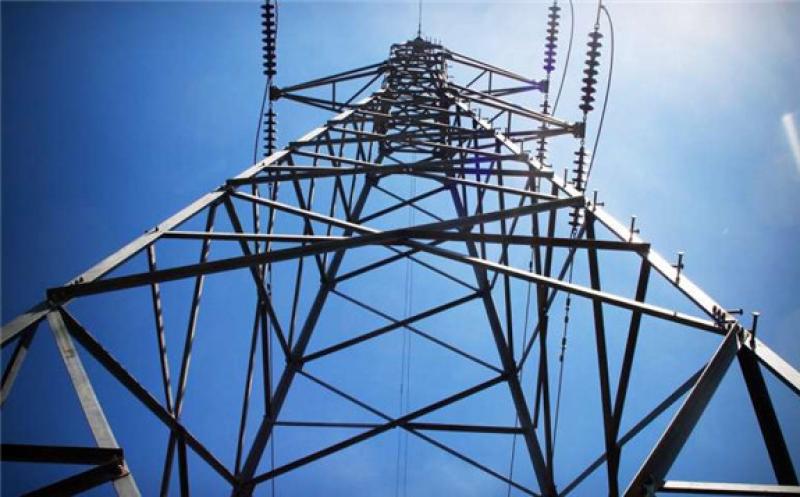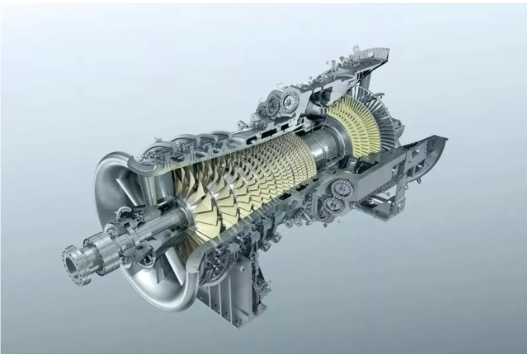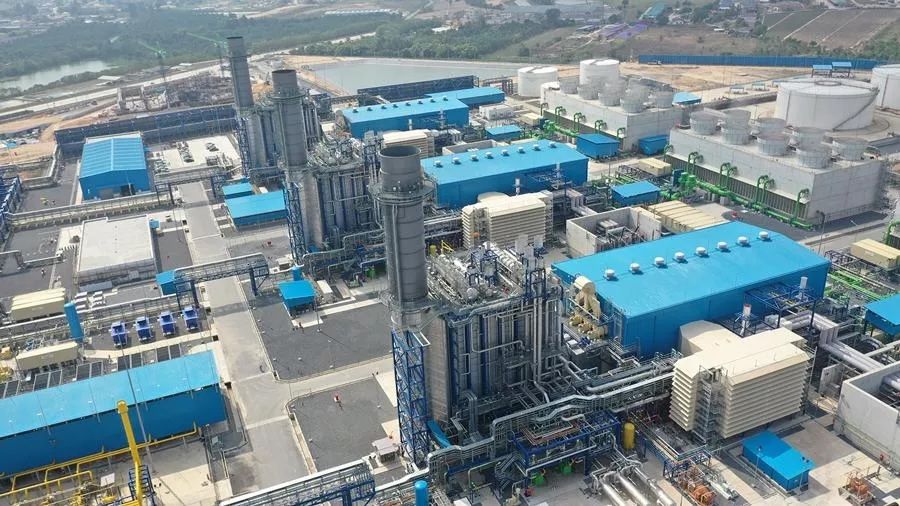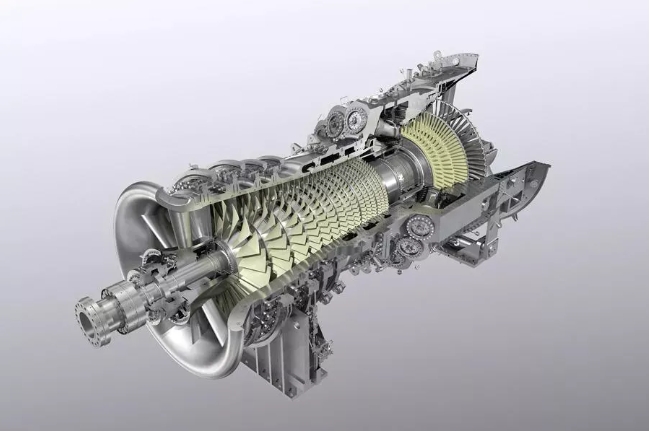The decline in economic activity precipitated by the spread of COVID-19 and ensuing lockdown in South Africa is also affecting the country's electricity supply dynamics. The power outages that were disrupting the economy just a month earlier are suddenly contained. Electricity demand in the lockdown period has decreased by about 7,500MW, corresponding to almost a quarter of its normal peak capacity.

Given that Eskom, the national power utility, is using the lockdown period for some of its regular plant maintenance routines, more reliable supply can be expected in the latter part of the year. Electricity demand is likely to remain suppressed after the lockdown but this relief won't extend for more than a few months.
The utility has had some success in keeping many of its vulnerable generating plants operational, and is adopting a more rigorous maintenance regime. But electricity production capacity remains critically low.
When the country finally emerges from COVID-19, it will face a severely damaged economy requiring a massive rebuild. The electricity supply shortage will once again rear its head.
Renewable energy
Some help could be provided by renewable energy projects scheduled to come on stream this year.
These include 12 solar farms and 12 wind farms. The first two developments were completed in February.
Construction for these plants was initiated in 2018 following the leadership change in the ruling African National Congress, after a three-year delay.
While the 2,177MW of power provided by these 24 new solar and wind projects appears to be substantial, one must remember that this output corresponds to optimal generating conditions (fresh winds and an overhead sun). In reality, in view of variable weather conditions and the day/night cycle, these plants produce roughly the same amount of electricity as just one of the six units of a large coal plant such as Duvha running non-stop. This is less than the 1,000MW that corresponds to stage one of loadshedding (the phased limitation of supply).
It's therefore essential to expedite the process leading to the development of more generation capacity beyond those currently under construction.
What needs to be done
One important hurdle that has been cleared is the adoption of the updated Integrated Resource Plan for electricity last year. This blueprint, which is supposed to be revised every two years, had previously not been updated since 2011.
Several drafts had been produced in the interim, but none were adopted by government. This was presumably because these interim drafts recommended an energy mix that excluded any new nuclear build, a programme that the administration of former president Jacob Zuma was strongly in favour of.
The now official Integrated Resource Plan envisages the steady growth of the renewable energy fraction at the expense of old coal plants, which would gradually be decommissioned.
In particular, the plan would add 1,600MW of wind power each year from 2022 to 2030, as well 6,000MW of new solar energy for that period (starting with 1,000MW in 2022).
Also envisaged for this nine-year time span are two new 750MW coal plants, with the first up and running in 2023, a total of 3,000MW from gas plants (the first of which is supposed to be operational in 2024), and 2,500MW from the Grand Inga dam on the Congo river.
Some relief of the power shortages will come from the presently partly operational Medupi and Kusile megaprojects, whose much-postponed commissioning is expected in the coming few years, and the planned life extension of the Koeberg nuclear plant (which will however not provide extra capacity). But these measures won't suffice to mitigate the closures of the old coal plants.
Challenges
Some of the new builds are already in doubt. The Grand Inga project, tentatively scheduled for completion in 2030, is facing serious challenges. The future of the newly planned coal plants is also in question. As a primary driver of global warming, coal power is being increasingly maligned, and a large number of potential funding agencies now have policies not to support any coal project. That means that, at least in the medium term, newly initiated projects will be restricted to renewable energy and gas.
Solar and wind projects have a short construction time. The challenge is the regulatory and administrative hurdles that must be cleared before a project can go ahead. These relate to bid submission, review and selection, financial closure and signing of contracts with Eskom. Before the stalling of the Renewable Energy Independent Power Producer Procurement Programme in 2015, the time between the bidding call and plant commissioning was typically three years. That would make the projected 2022 completion date for the next batch or projects practically unachievable.
There are also concerns that the government and the electricity regulator aren't demonstrating the required urgency to kickstart a new round of projects. Renewables are perceived as a direct threat to the coal industry, and trade unions allied to the governing party organising in the coal sector are particularly anxious about the inevitable energy transition. There's also a feeling in some quarters that the mining and energy minister, Gwede Mantashe, a former mining sector unionist, is siding with the coal sector.
There's hope
But there is a glimmer of hope. Mantashe has just issued two determinations for the procurement of considerable additional power generating capacity.
The first determination is for 2,000MW of emergency power of any technology. Its 2022 completion deadline cannot realistically be met by new builds, so it remains to be seen if the targeted capacity can be achieved by innovative short-term solutions, such as increasing the maximum capacity of existing plants.
The second determination is guided by the Integrated Resource Plan 2019: 4,800MW wind and 2,000MW solar required between 2022 and 2024, 3,000MW gas and 1,500MW coal up to 2027 and 513MW in storage capacity. With several procedural steps still required that show no sign of being expedited, it's unlikely that proposals for new power plants will be requested before much later this year.
These plants will then most likely only become operational in late 2023, meaning that the power system will remain vulnerable until then.




